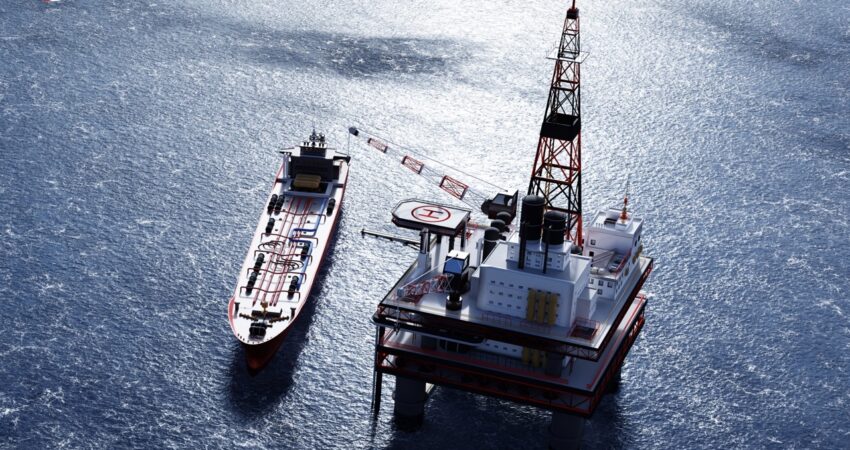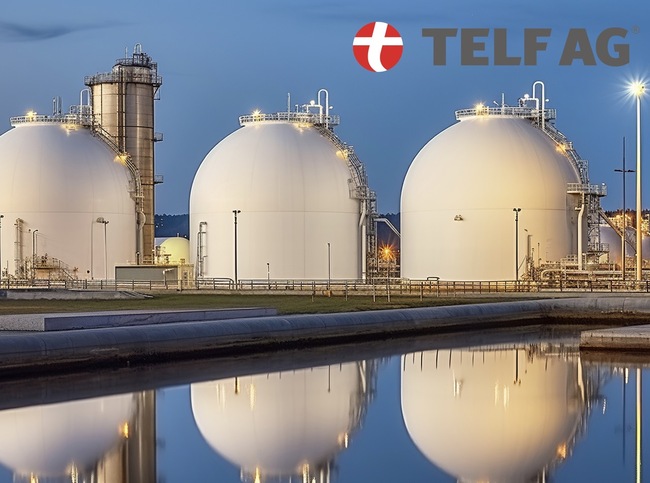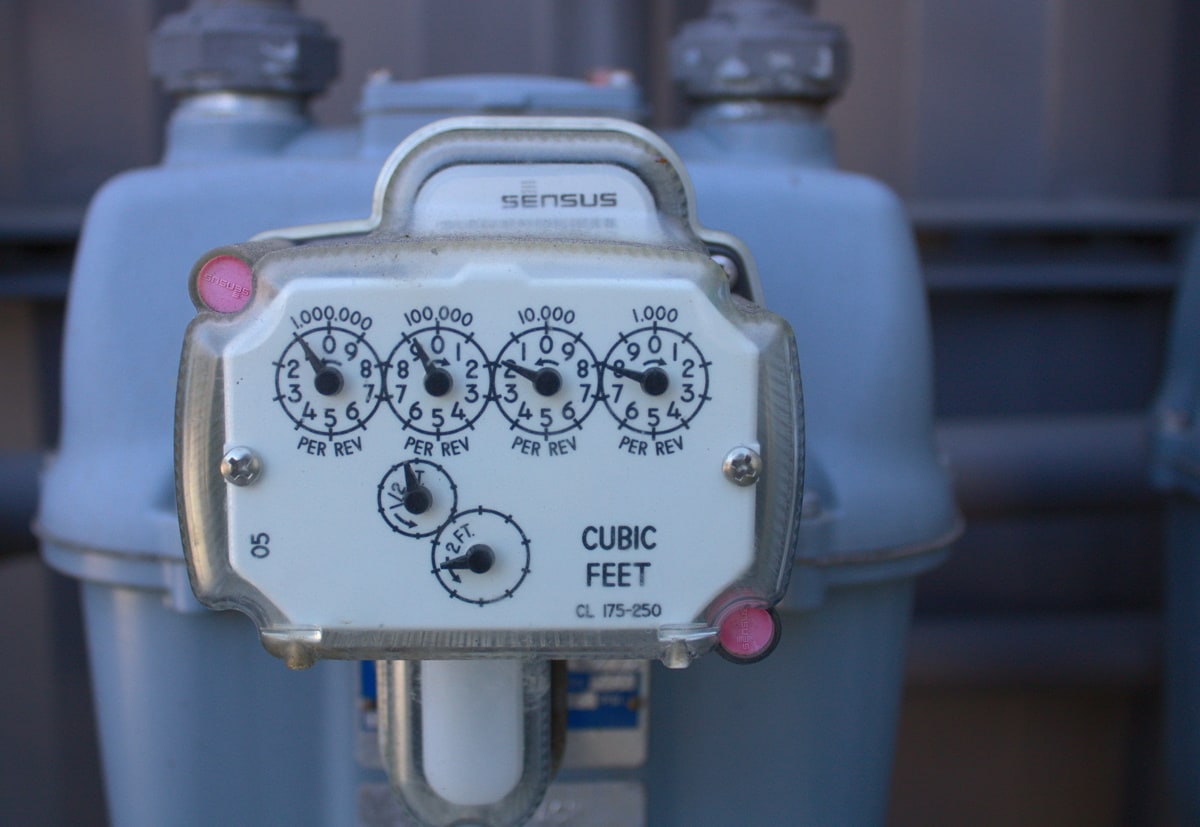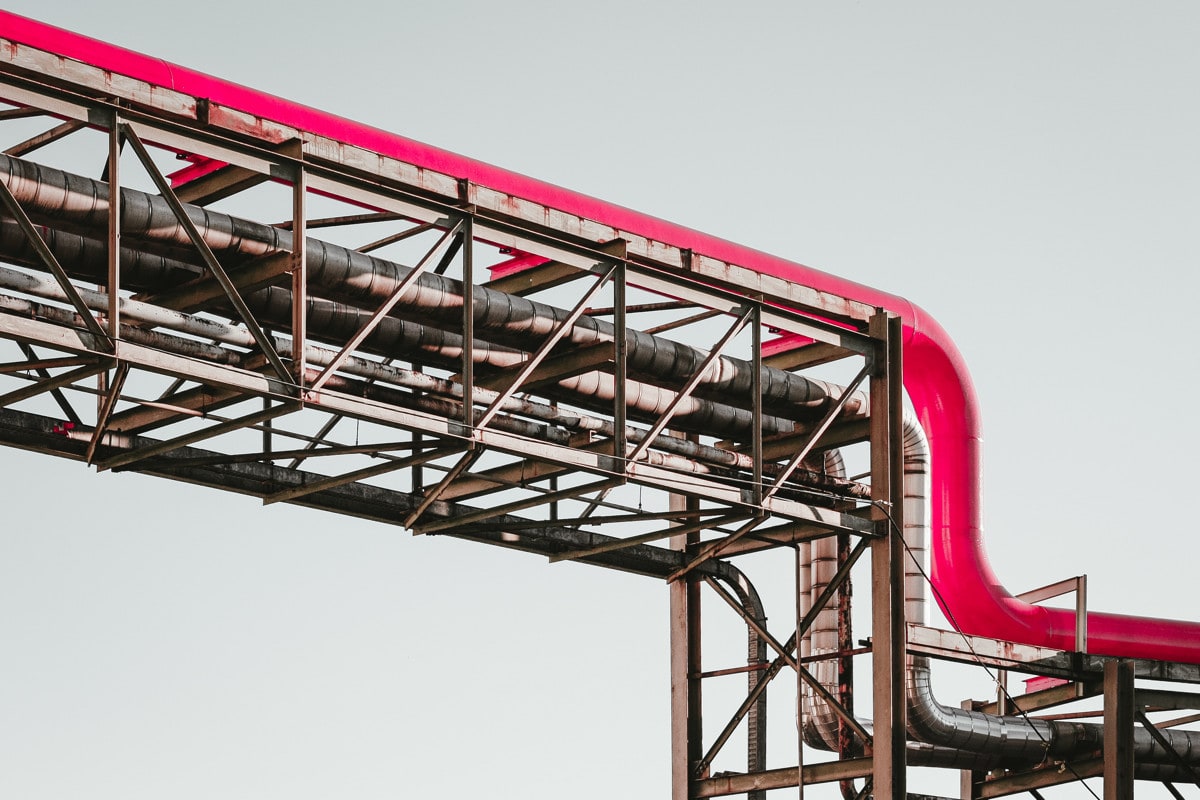Macro
Gas: European natural gas futures fell 13% to around €32 per megawatt-hour on Thursday, extending a 14% decline in the previous session driven by a preliminary agreement reached between Woodside Energy and worker unions at a major Australian liquefied natural gas project, potentially avoiding supply disruptions from the world’s largest exporter of such fuel. Furthermore, Europe’s fuel reserves are currently over 90% full, the highest on record for this time of year, and well ahead of the EU’s target to reach the current storage levels by November 1st. Germany, Italy, Spain, and the Netherlands are among those that exceeded the target, while French inventories lag at 86.8%. Meanwhile, a worker ballot is scheduled for Chevron’s Gorgon and Wheatstone downstream facilities, with voting expected to conclude by August 28
Oil: Oil prices edged higher on Monday after China took steps to bolster its flagging economy, although investors remain worried about the pace of growth as well as further U.S. interest rate hikes that could dampen demand. China halved stamp duty on stock trading in its latest attempt to boost struggling markets. The market is also keeping an eye on Tropical Storm Idalia and any risk it poses to oil and gas output in the U.S. Gulf. Brent crude rose 21 cents, or 0.3%, to $84.69 a barrel by 11:22 a.m. ET (1520 GMT). Its session high was over $85. U.S. West Texas Intermediate crude gained 43 cents, or 0.6%, to $80.27. The focus this week was on “China’s actions to support its economy, Tropical Storm Idalia heading for Florida, and whether Brent can regain momentum on a break above $85,” said Ole Hansen, head of commodity strategy at Saxo Bank.
Freight: Increased for the fourth straight session on Thursday, adding 14 points to a near three-month peak of 1,247 points, mainly driven by the smaller segments. The panamax index, which tracks ships that usually carry coal or grain cargoes of about 60,000 to 70,000 tonnes, gained for the 17th straight session, rising 2.4% to an over three-month high of 1,522 points, and the supramax index went up 47 points, or 5.8%, to 859 points. On the other hand, the capesize index, which tracks vessels typically transporting 150,000-tonne cargoes such as iron ore and coal, snapped a two-day gaining streak, falling about 2.1% to 1,665 points.
Ferro-alloys
Chrome ore: UG2/MG is up 2.4% this week to 301 $/MT. This is the fifth increase in as many weeks for the index, which is approaching a year-to-date high of $305 per tonne. A tight supply of Cr ore at Chinese ports has sent smelters to the seaborne market. High production rates for FeCr have also driven prices for Cr ore lumpy upward amid a bigger supply shortage in the seaborne market.
Turkish Chrome ore prices rise in China. Similarly to UG2 prices from SA, prices for Turkish-origin Cr ore in China have risen as production surged. Port stock levels in China have decreased once more due to increased FeCr production. Fundamentals for the Cr ore market remain strong for now.
FeCr.
• HC FeCr prices in China rose this week after major stainless-steel mills announced higher September tender prices. The tender price rise was in line with market expectations as the spot market has strengthened on higher offers from smelters. Limited FeCr volumes have been offered from India to China recently, as sharp price increases on Indian Cr ore pushed up its FeCr production costs and blocked exports.
• According to Fastmarkets, rising prices for STS in both the spot and futures markets have improved sentiment in the FeCr market. STS mills have raised their purchase price for FeCr because of widening profit margins after prices for STS picked up earlier in August.
• Japanese South Korean FeCr import prices undergo cost-driven jumps. Prices for imported FeCr in Japan and South Korea rose sharply in the two weeks to Thursday, August 24, on higher cost-driven offers from Indian suppliers. A strengthening Cr ore market in India has increased cost pressures for FeCr producers in the country, according to sources. Indian producers have raised their offers above $1.10/lb Cr FOB as the recent Cr ore auction has made production below this level unviable, according to an Indian smelter. A Cr ore auction had taken place on August 18, with bids going “very high” and producer costs increasing “drastically” as a result.
• Prices for EU LC FeCr, 0.10% C, decreased on the low end this week as some sellers reduced offer prices to remain competitive in a subdued spot market. However, other sellers have begun to test the market for higher prices, as many believe FeCr prices have reached the bottom.
Mn
• Chinese port Mn ore prices have been slow-moving recently, with trade slowing down ahead of mills’ next round of alloy tenders. Market sentiment dampened as SiMn futures prices moved down due to persistent concerns around steel demand. Prices for seaborne semi-carbonate manganese ore in China edged lower this week on muted demand. Market activity has been subdued, and the outlook is cautious due to uncertainty about when steel demand may bounce back. Chinese domestic silicon metal prices increased on rising demand, but the export market remained stable and quiet. Domestic market players reported that inventories have decreased after two months of continuous price correction. Increased purchasing from downstream users boosted market outlook and encouraged smelters to raise offers. Spot prices for European MC FeMn and EMM declined on Thursday amid weak buying appetites and global downtrends. Prices in China have declined sharply in the last six weeks, putting pressure on prices across the board.
FeSi
• Prices for US Si metal edged lower as sellers reduced offers to secure business. Spot demand remains limited, with many consumers buying only as needed. Sources reported that sellers are anxious to keep inventory moving and are, therefore, willing to lower their prices.
Stainless steel
• STS prices rose for the first time since February as European Mills’ offer picked up in July amid speculative buying. European stainless prices for fresh production from mills rebounded in July for the first time after prices collapsed by a total of ~€1,200 /t for CR 304 from February to June. Real demand from end-users remains conservative under weak macroeconomic conditions. Some distributors inform us that their orders in July have declined m/m as Europe enters the holiday season. However, mills’ order books have strengthened m/m, supported by an increase in purchases from distributors.
• EC to probe Indonesian-sourced STS imports. The European Commission has launched an investigation into allegations STS made in Indonesia is being shipped via Taiwan (China), Turkey, and Vietnam to avoid anti-dumping (AD) duties of between 9.3% and 19.3%. The duties, which came into effect in November 2021, were imposed on 19 varieties of cold-rolled STS sheets. It has since then emerged that substantial volumes of Indonesian STS slabs or hot rolled STS are shipped into the above-mentioned three countries for cold rolling being exported to the EU.“It is obvious that this processing stage is carried out in Taiwan, Turkey, and Vietnam purely with the intention of avoiding the duties imposed on Indonesian SSCR.”
Base Metals
• Copper: Operator Kamoa Copper has entered into a memorandum of understanding (MoU) with railway operator Lobito Atlantic International. This collaboration aims to utilize rail transport via Angola’s Lobito Atlantic International to transport Kamoa-Kakula’s copper concentrate to the port of Lobito, which is situated on the Atlantic Ocean. Currently, Kamoa-Kakula in the Democratic Republic of Congo relies on road transport to deliver concentrates to multiple ports. The majority, approximately 90%, of shipped concentrate departs from either Durban (South Africa) or Dar es Salaam (Tanzania), while the remaining portion is divided between contributions from Beira (Mozambique) and Walvis Bay (Namibia). Lobito, situated closer to Kamoa-Kakula, offers a more efficient, quicker, cost-effective, and eco-friendly route due to its proximity to the Atlantic Ocean. The initial phase of this partnership will involve transporting around 10,000 tons of copper concentrate from Kamoa-Kakula via the Lobito rail corridor in 2023 Q4. This trial will provide insights into factors like greenhouse gas (GHG) reduction, transit times, operational costs, and other pertinent variables. The rail line spans 1,739 kilometers from Kolwezi in the DRC to Lobito and runs within a five-kilometer radius of Kamoa-Kakula’s license boundary. The railway is managed by the Lobito Atlantic International consortium, which includes Trafigura, a global commodities trader. The consortium is dedicated to investing $555 million in enhancing the infrastructure, capacity, and safety of the rail line. This includes the addition of more than 1,500 wagons and 35 locomotives.
• Nickel: Indonesia’s nickel prices surge amid probe into mining approvals. Prices of nickel ore in top global producer Indonesia have surged about 10% in recent weeks after an investigation into mining quotas disrupted production of the metal used in stainless steel and batteries. Jakarta has also halted issuing new mining quotas for nickel miners, according to a manager at an Indonesia-based smelter and a report by Chinese consultancy Mysteel. Dozens of nickel smelters in the country are now rushing to stock up on ore, pushing up prices of the material, according to a smelter manager, a nickel trader, and Mysteel.
Battery materials
• Chinese cobalt metal prices were stable on Tuesday as downstream market activity remained muted. Jinchuan metal prices also remained unchanged. Downstream buyers remained cautious about the coming month.
• China’s booming lithium-ion battery cell industry is overshooting demand, which will lead to industry consolidation. Primary research from CRU’s battery team in recent site visits illustrates the context and scale of the issue. Gigafactory average utilization rates were 45% in 2022 and have dropped further in the first half of 2023. Such numbers would have serious implications for any battery gigafactory outside of China, where generally 75-85% utilization is considered to be the point of profit. Despite the low utilization rates, China’s gigafactory capacity pipeline has swollen to an ambitious 4,200 GWh by 2030, and new announcements continue to be made on a weekly basis. To put this in context, this is twice the GWh required if the entire China vehicle fleet were to be converted to battery-electric vehicles. A dramatic influx of investment by both new and incumbent manufacturers has led to an increasingly crowded battery market in China. However, the Chinese market can be characterized as a near-oligopoly, where CATL and BYD hold a colossal 73% market share. Such a ‘gold rush’ is recurrently witnessed in other industries in China where there is money to be made from private enterprise with government support. It has been seen elsewhere in the battery value chain and eventually led to cycles of consolidation – notably in the new energy vehicle (NEV) market, and is currently unfolding in LFP cathode production.
• It has been a big week for Swedish lithium-ion battery manufacturer Northvolt. The company has produced its first utility-scale battery energy stationary storage (BESS) product from its dedicated plant, Northvolt Dwa, in Gdansk, Poland. The 25,000-square-foot site will begin producing Voltainer BESS units by the end of 2023, with production line testing currently ongoing. In addition, Northvolt has successfully raised USD 1.2 billion in debt financing to assist with its gigafactory construction plans. Construction of the dedicated ESS production facility Northvolt Dwa was completed in May 2023 and was the recipient of a USD81 million grant from the EU in 2022. When initially announced in late 2021, the facility’s annual production capacity was stated to be 5GWh upon commissioning, with a potential to ramp capacity up to 12GWh per year. This capacity has not been confirmed since the facility’s construction. The cells deployed in the Voltainer modules and packs being assembled at the site will be sourced from the Northvolt Ett gigafactory in Skellefteå, Sweden. Although Europe’s largest battery maker locates the majority of its business in the automotive sector, with clients such as BMW, Scania, Volvo, and VW, this latest development joins the company’s supply deal with Fluence as another significant milestone for Northvolt’s BESS segment.
#Gas #Oil #Freight #FerroAlloys #ChromeOre #TurkishChrome #FeCr #Manganese #FeSi #StainlessSteel #Copper #Nickel #BatteryMaterials #Northvolt #EnergyStorage #LithiumIon #Mining #MarketTrends



